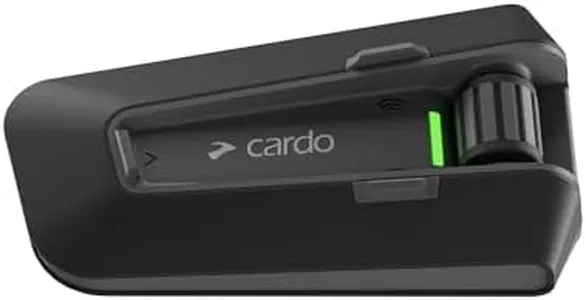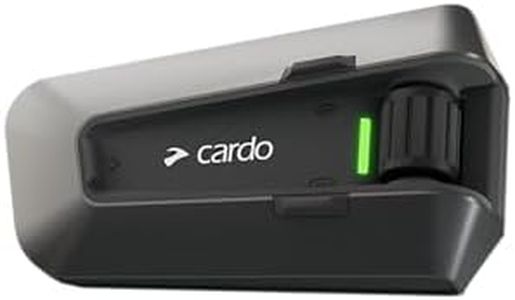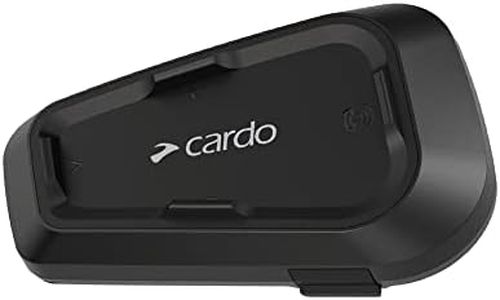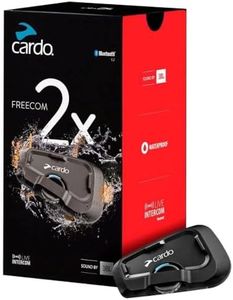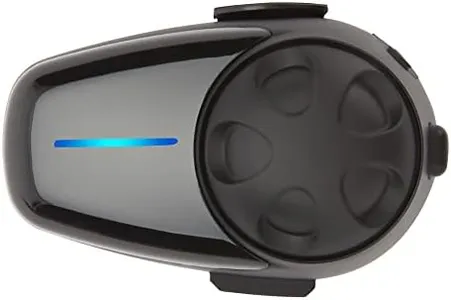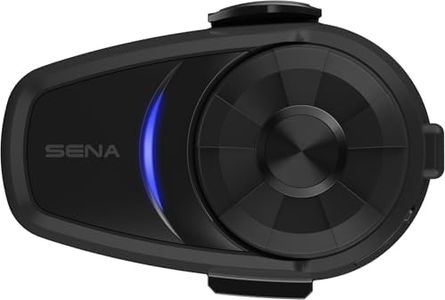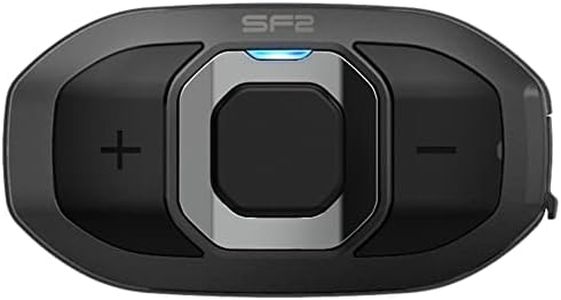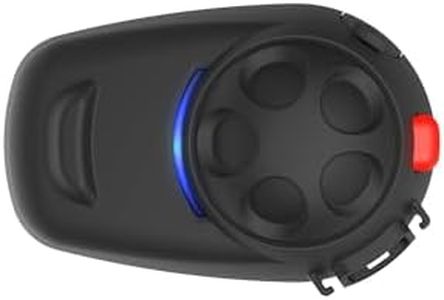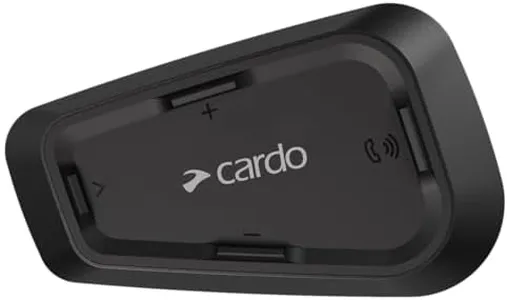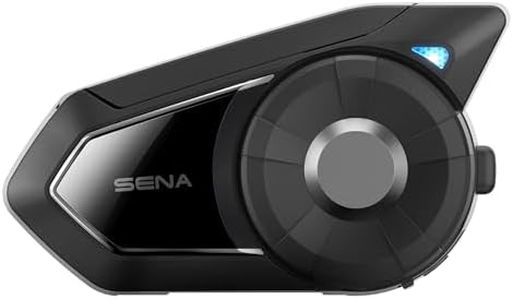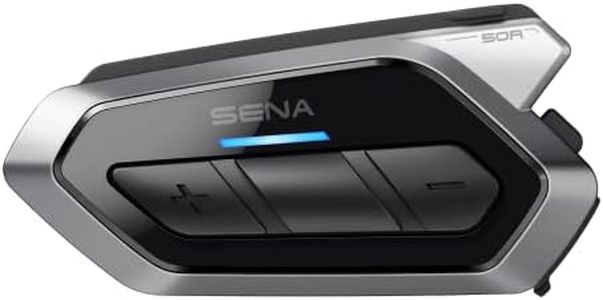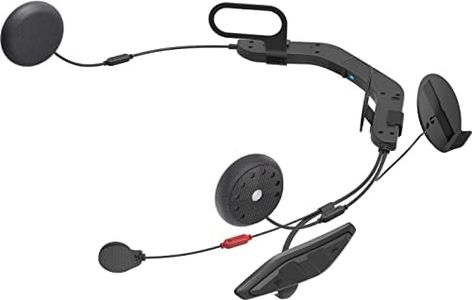We Use CookiesWe use cookies to enhance the security, performance,
functionality and for analytical and promotional activities. By continuing to browse this site you
are agreeing to our privacy policy
10 Best Motorcycle Bluetooth Headsets
From leading brands and best sellers available on the web.Buying Guide for the Best Motorcycle Bluetooth Headsets
Choosing the right motorcycle Bluetooth headset makes riding safer, easier, and more enjoyable. These headsets enable hands-free communication, music streaming, GPS instructions, and intercom with other riders, all without needing to take your hands off the handlebars. However, with so many features and options available, it's important to focus on specs that match your riding style and needs. Consider how often you’ll ride, with whom, and what functions matter most—communication, sound quality, or long battery life. A balanced look at key specifications will help you select a headset that not only fits your helmet, but also supports your on-the-road activities.Battery LifeBattery life refers to how long the headset runs between charges, affecting how far you can go without needing a recharge. This is important because longer rides, group trips, or lots of music and talk time will demand more battery capacity. Battery life can usually be grouped into short (4-6 hours), medium (8-12 hours), and long (up to 20+ hours). If you mostly take short rides, you can manage with a shorter battery life; for touring or long commutes, aim for the longest possible. Matching battery life to your typical ride duration avoids the frustration of a dead headset on the road.
Intercom RangeIntercom range is the maximum distance over which headsets can communicate directly, crucial for group riding. Short-range options often cover a few hundred meters, mid-range can span 500-1000 meters, and premium headsets can stretch up to several kilometers. If you ride closely with a passenger or a buddy, a short or mid-range option is enough; for larger group rides or off-road adventures where riders may get separated, look for the maximum range to maintain reliable communication.
Audio Quality and VolumeAudio quality determines how clear music, calls, and navigation sound, and volume matters because wind and engine noise can be loud when riding. Entry-level headsets can struggle at high speeds, producing tinny or muffled audio, while mid-to-high-end models provide better speakers and noise cancellation. If you often ride fast or in noisy conditions, look for headsets designed for helmet use at speed, with features like boosted bass or advanced noise reduction, ensuring you don’t miss crucial instructions or conversations.
Helmet CompatibilityHelmet compatibility means whether the headset can fit and function well in your specific helmet type (full-face, modular, open-face, etc.). Some headsets are universal, while others may be optimized or limited to certain helmet shapes or brands. If your helmet has a tight fit, you’ll need a slim, flexible headset; for roomier helmets, bulkier options work fine. Always check how the speakers and microphone are installed, as a poor fit can cause discomfort or poor sound performance.
Ease of Use (Controls and Setup)Ease of use describes how simple it is to operate the headset while wearing gloves or riding at speed, and how straightforward the pairing/setup process feels. Headsets with large, tactile buttons or voice commands are easier to manage than those with small, fiddly controls. If you’re new to motorcycle Bluetooth or prefer minimal distractions, look for intuitive designs that are easy to operate even with gloves. This leads to safer, less frustrating rides.
Water and Weather ResistanceWeather resistance is about how well the headset withstands rain, humidity, and dust—important since motorcycles expose gear to the elements. Basic headsets might not handle more than light drizzle, while more robust models are rated for heavy rain and wide temperature ranges. If you ride year-round or in unpredictable weather, choose a headset with a high weatherproof rating. Fair-weather riders may get by with less protection, but a little resistance is helpful for unexpected showers.
Bluetooth Version and ConnectivityBluetooth version affects the quality, range, and stability of wireless connections between headset, phone, and other devices. Older versions (like Bluetooth 3.0) can have shorter range and slower connections, while newer versions (4.1 and higher) are more stable and energy efficient. If you want strong, drop-free connections for calls, music, or connecting with multiple devices, opt for the latest version available. Better connectivity also means smoother pairing and more reliable intercom function.
